Pakistan Unveils Z-10ME-II Power in Live Fire Exercise
New Chinese Z-10ME-II attack helicopters take centre stage during Pakistan’s comprehensive Raad ul Fatah combined arms firepower exercises, marking a significant milestone in the nation’s rotary-wing modernization program. As new Chinese Z-10ME-II attack helicopters take centre stage in Pakistani military operations, the aircraft demonstrated formidable close air support capabilities that position Pakistan’s Army Aviation Corps among the region’s most technologically advanced helicopter forces.
The Pakistan Army Aviation Corps deployed its recently acquired Z-10ME-II attack helicopters at the Tilla Firing Ranges in Jhelum, where they participated alongside Cold War-era American-supplied AH-1F Cobra helicopters in coordinated live-fire demonstrations. This full-spectrum firepower display showcased the transition from aging Western platforms to modern Chinese rotorcraft, reflecting Pakistan’s strategic pivot toward Beijing as its primary defense equipment supplier.
The Z-10 procurement represents Pakistan’s solution for replacing its increasingly obsolete AH-1F Cobra attack helicopter fleet. Delivery of these advanced Chinese rotorcraft was first confirmed in July 2024, with the aircraft now demonstrating operational readiness through participation in major military exercises. This transition addresses critical capability gaps that emerged as American military assistance declined and Pakistan’s AH-1F fleet aged beyond effective operational service.
The Z-10ME-II constitutes a significantly enhanced variant of the original Z-10 design that first entered Chinese service in 2009. The helicopter integrates the advanced WZ-16 turboshaft engine, substantially improving flight performance parameters including maximum speed, operational ceiling, and mission endurance compared to earlier Z-10 versions. These enhancements prove particularly valuable in Pakistan’s diverse terrain, ranging from sea-level operations near Karachi to high-altitude missions in mountainous northern regions.
The ME-II variant can carry up to 16 HJ-10 anti-tank guided missiles, representing substantial firepower expansion compared to previous Z-10 iterations. This enhanced weapons payload narrows the capability gap with heavier American and Russian designs including the AH-64 Apache and Mi-28 Havoc, positioning the Z-10ME-II as a credible peer competitor despite its lighter airframe. The HJ-10 missiles provide stand-off engagement capabilities against armored vehicles, fortifications, and slow-moving aerial targets.
Chinese military equipment has gained considerable prestige within Pakistani defense circles following several high-profile operational successes. The most significant recent achievement involved J-10C fighters reportedly achieving between one and four shootdowns of Indian Air Force Rafale fighters during clashes in early May 2025. These engagements created a major public relations disaster for the Rafale program while validating Chinese fourth-generation-plus fighter capabilities against premium European adversaries.
Pakistan continues procuring significant numbers of the JF-17 Block III, a lighter and more cost-effective counterpart to the J-10C developed through joint Sino-Pakistani cooperation. This twin-track fighter acquisition strategy provides Pakistan with both high-end air superiority capabilities through the J-10C and numerically significant multirole capacity via the domestically-assembled JF-17, creating a balanced force structure addressing various operational requirements.
Pakistani aerial warfare capabilities have received substantial enhancement through recent acquisitions of HQ-9 long-range and HQ-16 medium-range surface-to-air missile systems. These Chinese-supplied air defense platforms provide Pakistan with credible SAM capabilities for the first time, addressing a critical vulnerability that previously left the nation heavily dependent on fighter aircraft for airspace protection against Indian incursions.
Pakistan reportedly considers additional Chinese aircraft and missile system acquisitions including KJ-600 airborne early warning and control platforms, HQ-19 anti-ballistic missile systems, and potentially J-35 fifth-generation stealth fighters. The KJ-600 would provide carrier-capable AWACS functionality, though Pakistan lacks aircraft carriers, suggesting potential land-based deployment or future naval aviation ambitions.
The Z-10ME-II procurement and subsequent operational integration exemplifies the comprehensive nature of Sino-Pakistani defense cooperation. This partnership extends beyond simple arms sales to include technology transfer, joint development programs, maintenance infrastructure, and training support. China’s willingness to supply advanced systems without geopolitical preconditions contrasts sharply with Western defense sales often accompanied by human rights concerns and regional political considerations.
Don’t miss this: ADVENT CMS Proves Global Operational Superiority
Pakistan’s helicopter modernization with Z-10ME-II platforms directly impacts South Asian military balance, particularly regarding India-Pakistan conventional force dynamics. The enhanced anti-armor capabilities these helicopters provide strengthen Pakistan’s defensive posture against potential Indian armored incursions while enabling more effective offensive combined-arms operations. This capability enhancement occurs as India simultaneously modernizes its own attack helicopter fleet with indigenous LCH Prachand and Apache AH-64E platforms.
The Z-10ME-II’s successful participation in Raad ul Fatah exercises demonstrates effective operational integration following relatively rapid procurement timelines. Pakistan Army Aviation Corps has evidently achieved adequate pilot training, maintenance infrastructure establishment, and tactical doctrine development to deploy these helicopters in realistic training scenarios alongside existing platforms, suggesting smooth transition from American to Chinese rotary-wing systems.
Keep connected with us at Facebook, Twitter, YouTube, Instagram & TikTok for latest defense happening around the globe.
Discover more from International Defence Analysis
Subscribe to get the latest posts sent to your email.


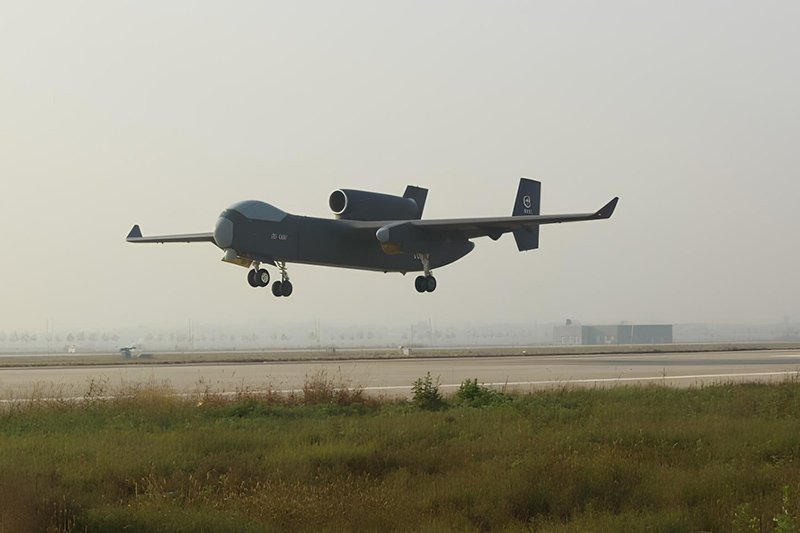
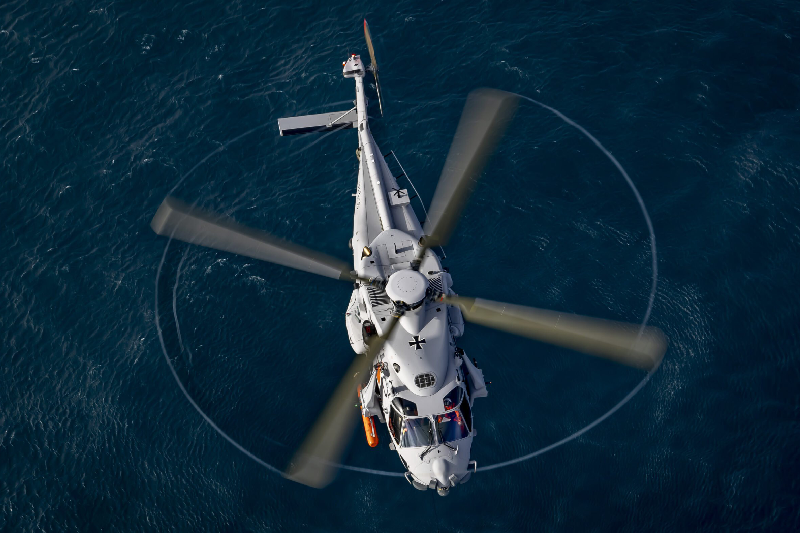
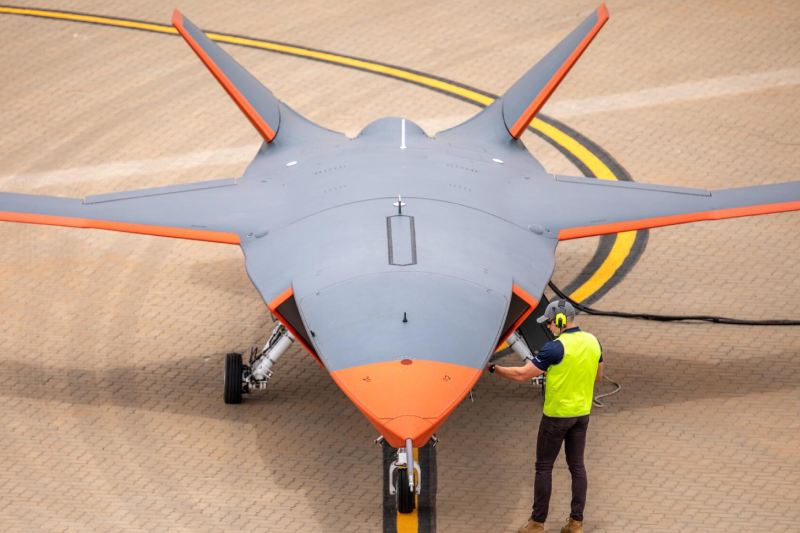
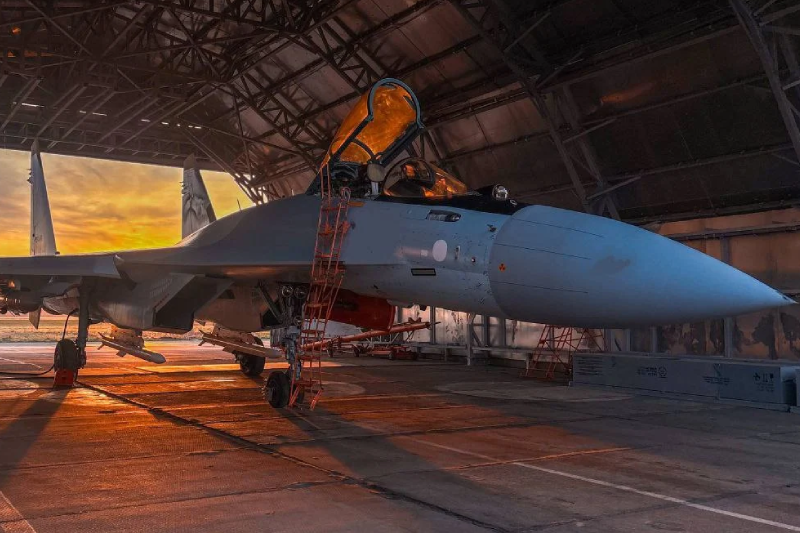
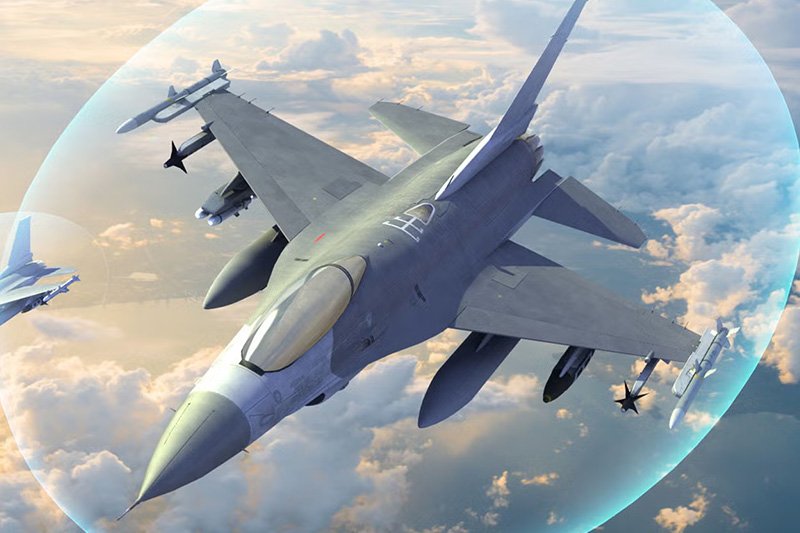
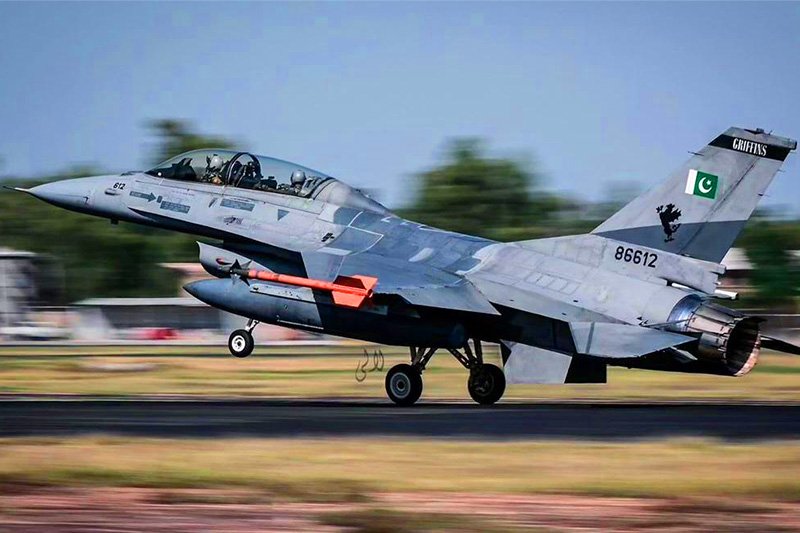
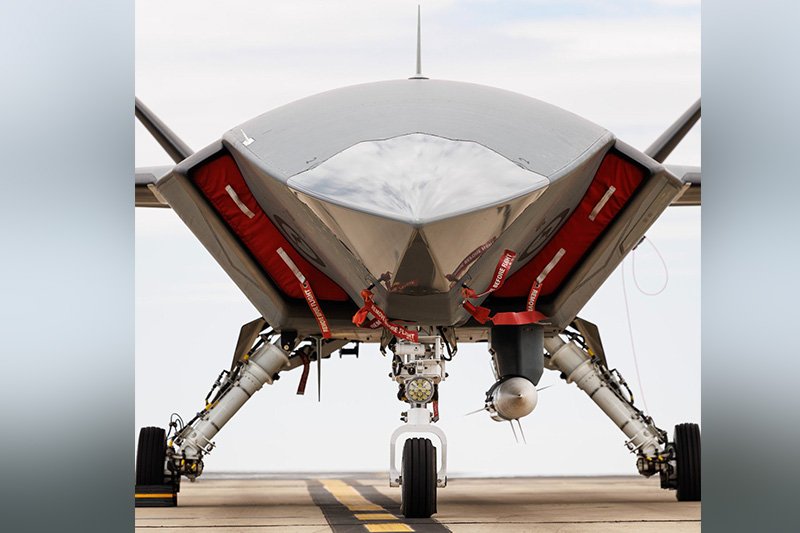
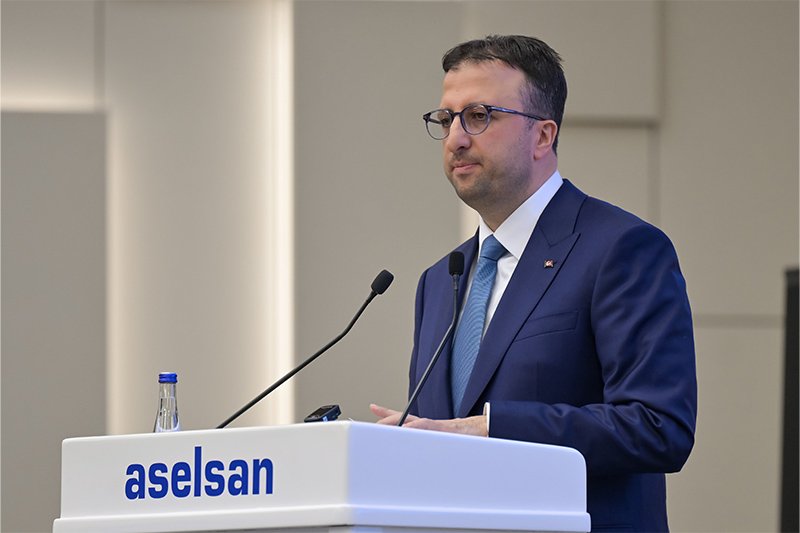


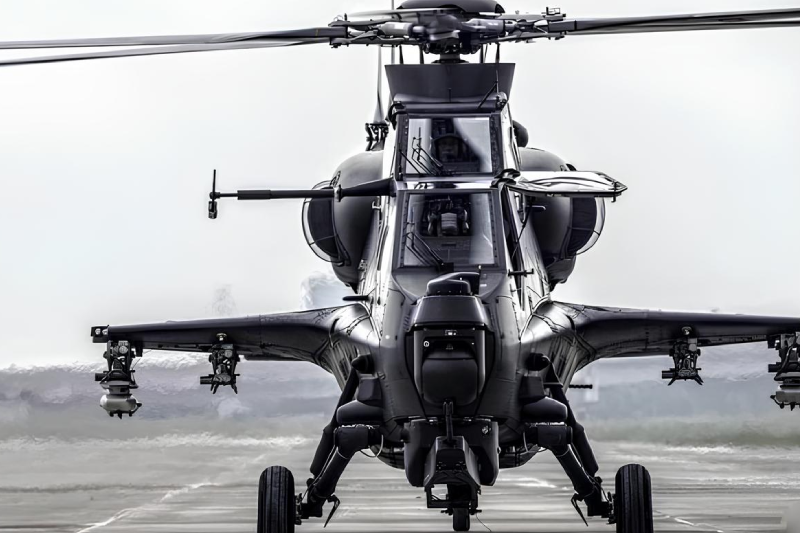
An excellent machine…..saw its cold weather trials at Harbin in 2008…….Pakistan’s defence is impregnable